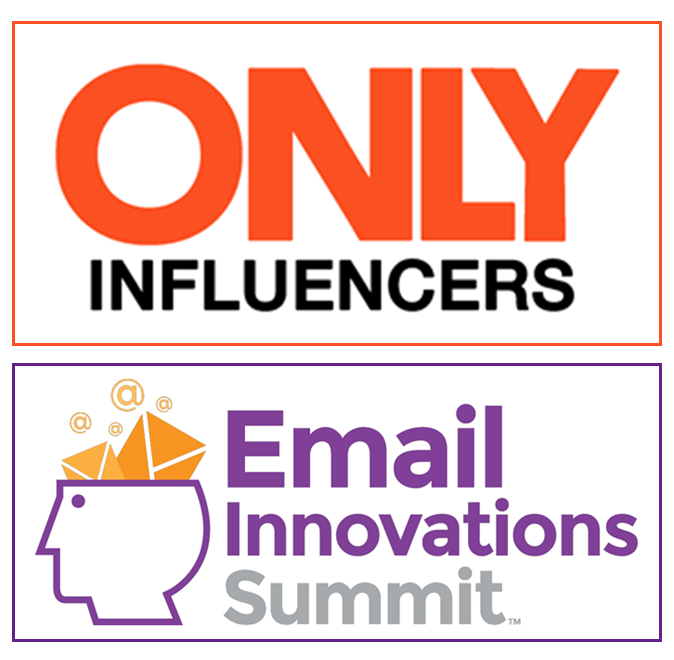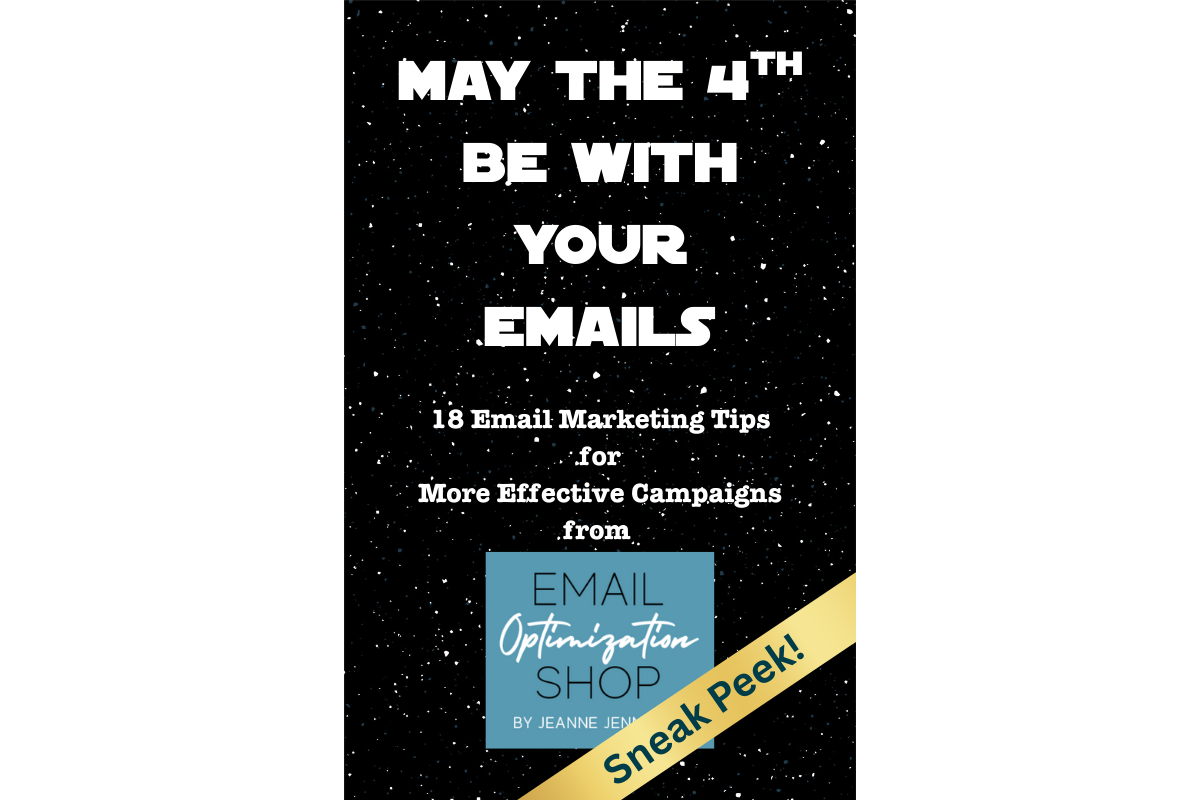The topic of double versus single opt-in has come up in a few conversations recently. As a result, I wrote about it in my ClickZ column this week. Feel free to read that piece either before or after this blog post — while each stands alone they are intended as companion pieces.
If you aren’t familiar with double opt-in, here’s a description (with thanks to About.com):
Do you use double or single opt-in to grow your email list? While I use double opt-in (see my ClickZ column to learn why) I recommended single opt-into to most of my clients. Some of the smaller email service providers (ESPs) mandate that their clients use a double opt-in acquisition program; they are some of the biggest proponents of this permission strategy.
In 2011 MailChimp published some Double Opt-it vs. Single Opt-in Stats. It showed that double opt-in lists had lower bounce and unsubscribe rates, paired with higher open and click-through rates. It’s a good blog post. But I think there’s a flaw in their methodology which undermines their argument.
I don’t disagree that the level of permission (double vs. single opt-in) may have an impact on email marketing metrics. But so do a lot of other things. In order to get a clean read on the impact of double vs. single opt-in on metrics, all of the other variables that impact metrics need to be controlled for. So in order to truly do this analysis, you’d need to have random samples of double and single opt-in lists — and everything else would have to remain the same.
MailChimp doesn’t provide information on the methodology, but I question whether these two groups of subscribers (double opt-in and single opt-in) are from the same email program, I wonder if they all received exactly the same email messages at the same frequency over the same timeframe. More likely, MailChimp is comparing the results of one or more companies that are double opt-in with different companies that are single opt-in. Or they are comparing results of companies that went from one permission model to the other — which would mean these results weren’t the same creative over the same timeframe; these other elements would most likely have an impact on performance.
MailChimp looks at opens and clicks, but also bounces. The difference in bounce metrics is pretty much moot. If hard bounces are removed after the first occurrence and soft bounces are removed after three consecutive occurrences (which is an industry best practice) then the bounce variances betweeen single and double opt-in lists will go away after three sends of each email address. It’s a non-issue, unless they are blatantly high, which suggests malicious intent and that company should go double opt-in for that reason. But not to lower their bounces.
The reason that many of the lower end ESPs mandate double opt-in is to protect the integrity of their IP addresses. Blacklisting is typically done by IP address; so if one customer using an IP address gets blacklisted, mail from everyone using the IP address will be blocked. Many email marketers, especially those new to the channel, aren’t familiar with the ‘rules of the road’ in email marketing. Their lack of knowledge puts them at a higher risk of blacklisting. By mandating double opt-in the ESP protects them from themselves while safeguarding the integrity of their IP addresses.
But that doesn’t mean that everyone should go double opt-in. The higher end ESPs mandate opt-in, but they are perfectly fine with their customers using single opt-in. If deliverability issues arise they may speak with the client about double opt-in, but in most cases single opt-in is adequate.
Two more things that support the fact that single opt-in is the way to go unless:
- you’ve experienced deliverability issues in the past
- you are potentially a target for malicious intent
- you don’t feel you can adequately police the single opt-in requirement internally
Number 1; according to The Email Subscriber Experience 2008-2013, published by Return Path, only 9% of companies utilize double opt-in (also sometimes referred to as confirmed opt-in, assuming that the confirmation is required to be added to the list). This is, honestly, higher than I would have expected based on my experience as an email subscriber. But even if it’s correct, that’s fewer than 1 out of every 10 companies that use double opt-in.
Number 2: Return Path is one of the most highly regarded email certification programs in the industry. They publish their certification standards — which do not require double opt-in.







